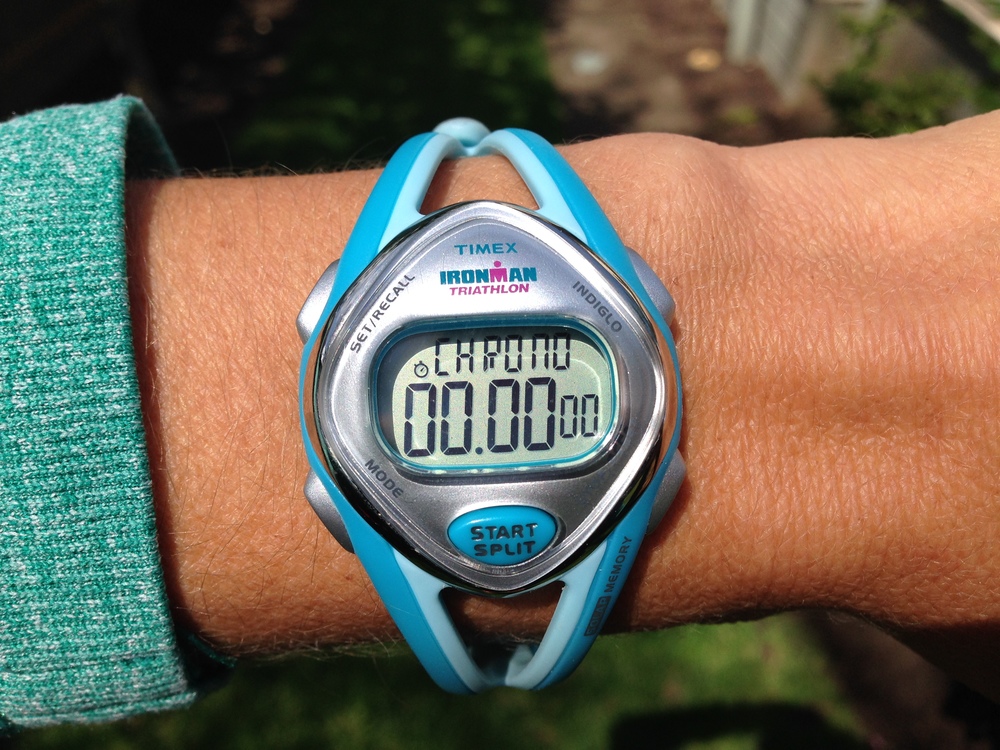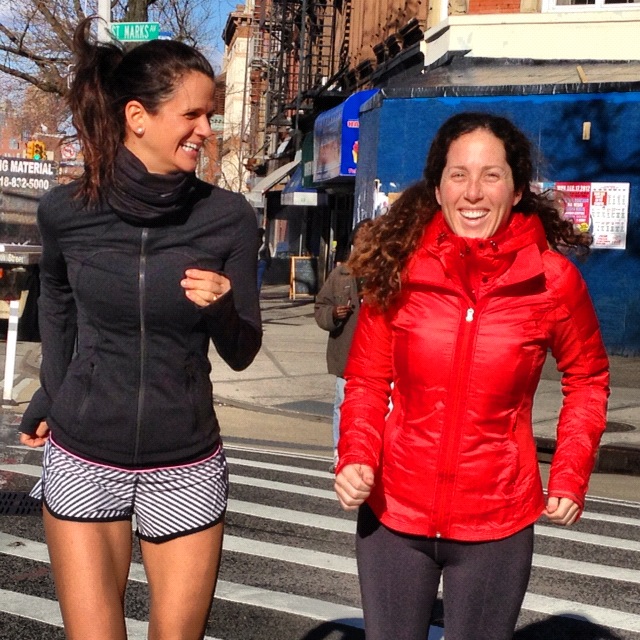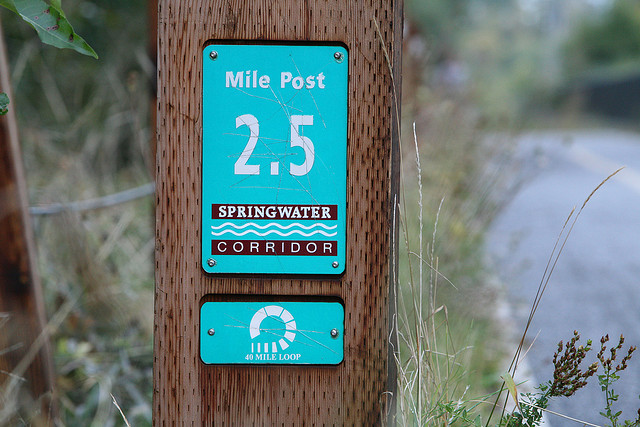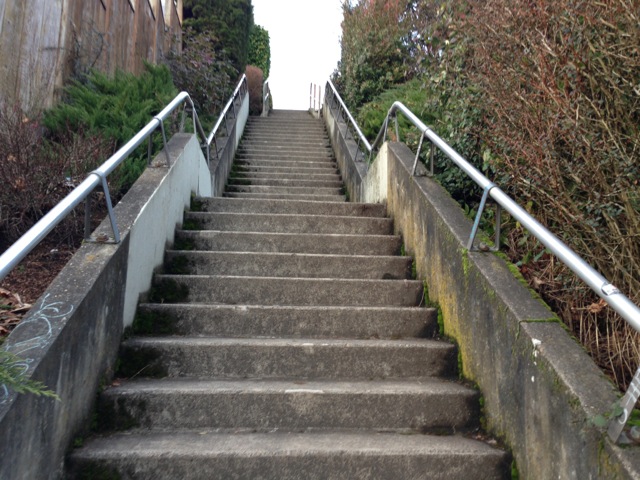
You don't need a track to get an interval workout in. While tracks are helpful because of the markers, you’ll gain just as much cardio benefit by adding speed into your training regardless of the location. No matter where you are, you can do your speed work and get in the benefits of an interval workout.
When we can’t make it to the track, we rotate between the following types of speed workouts: 1:1 repeats (these are great for 800 replacements); 1:2 repeats (great for faster interval work, such as 200 or 400s) and pyramids (build up and then go back down). Use any combination of minutes, for example, the 1:1 repeats would be 1 min fast, 1 min off (slow run/jog) or for the pyramid, 30s, 60s, 90s, 60s, 30s.










